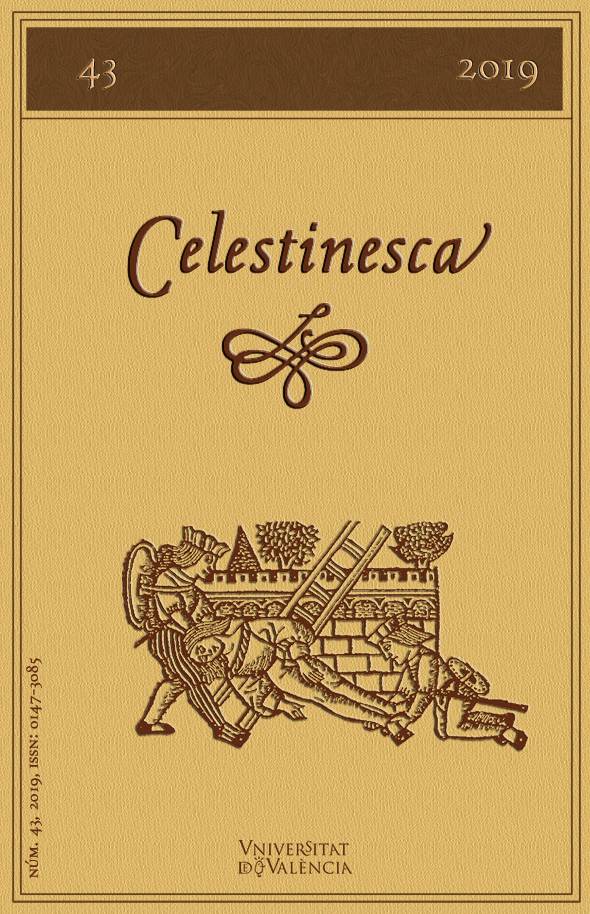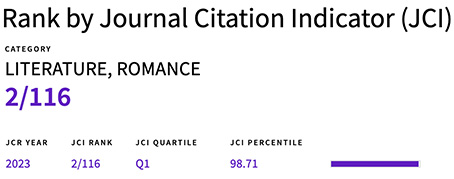La Celestina (1499) fice centuries later: celestinesque echoes in Tiempo de Silencio (1962)
DOI:
https://doi.org/10.7203/Celestinesca.43.20241Keywords:
Celestina, La Celestina, Doña Luisa, Tiempo de Silencio, Intertextuality, Prostitution, Social Criticism, Medieval and Post-war Spain Abstract
Abstract
Although five centuries have gone by between the publication of La Celestina (1499) and Tiempo de silencio (1962), there are echoes of the medieval text in the post-war novel, particularly as regards the characterization of its main prostitute. In fact, to portray Doña Luisa Luis Martín Santos uses Fernando de Rojas' Celestina as a model. The literary pictures of both procuresses stand out by their striking similarities in terms of their physical and psychological descriptions, onomastics, several jobs, homes and attires, associations with necromancy and the devil as well as the rest of the characters surrounding them. Following in the footsteps of his medieval predecessor, the contemporary novelist resorts to the world of prostitution in order to reflect the deep crisis of values that ravage the Spanish society during Franco's dictatorship.
 Downloads
Downloads
Downloads
Published
How to Cite
-
Abstract622
-
PDF (Español)330
Issue
Section
License
![]() Celestinesca is committed to the dissemination of knowledge, that is why access to its contents is free and is ruled by a Creative Commons Attribution-NonCommercial-NoDerivatives 4.0 license.
Celestinesca is committed to the dissemination of knowledge, that is why access to its contents is free and is ruled by a Creative Commons Attribution-NonCommercial-NoDerivatives 4.0 license.
Authors retain the rights to their works. Therefore, they can disseminate them and deposit them in the repository, institutional or not, that they wish. However, they are kindly requested to do so by providing the full bibliographic reference and the corresponding DOI.
Celestinesca does not charge authors for submitting, processing, reviewing or publishing their articles.





